
Category: Trinh

The Science of Addiction and The Brain

How Addiction Happens?
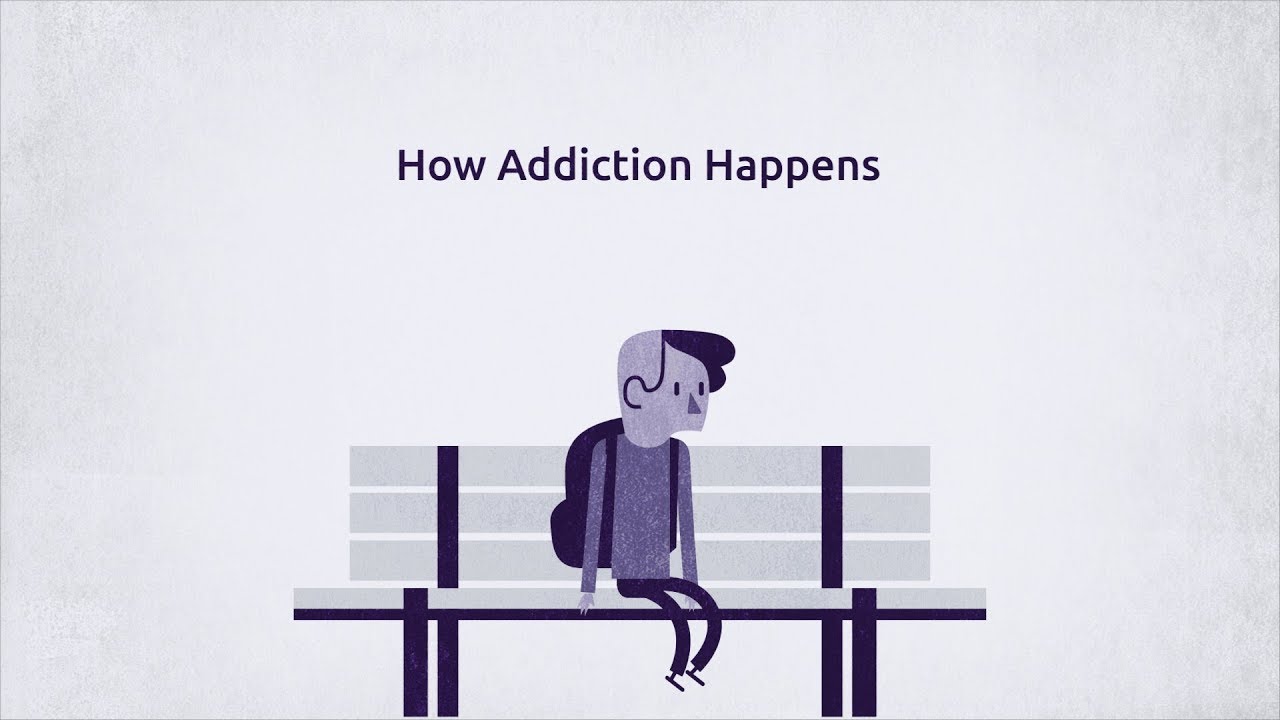
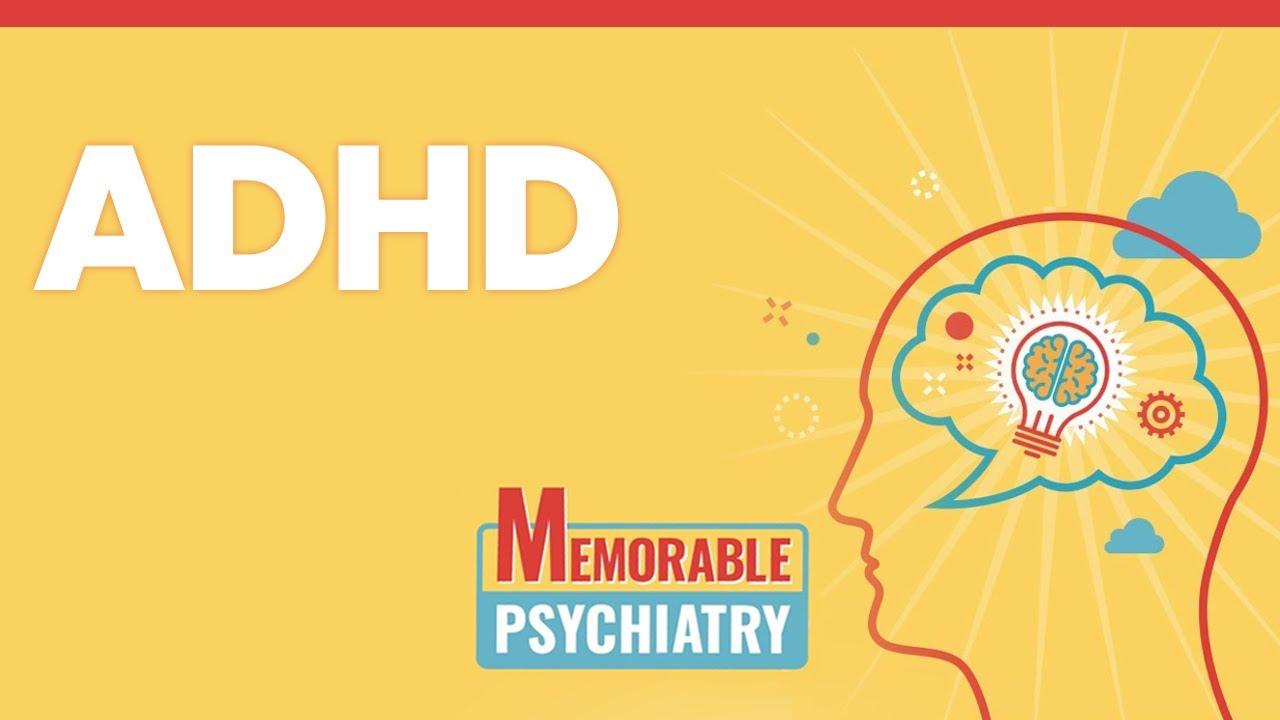
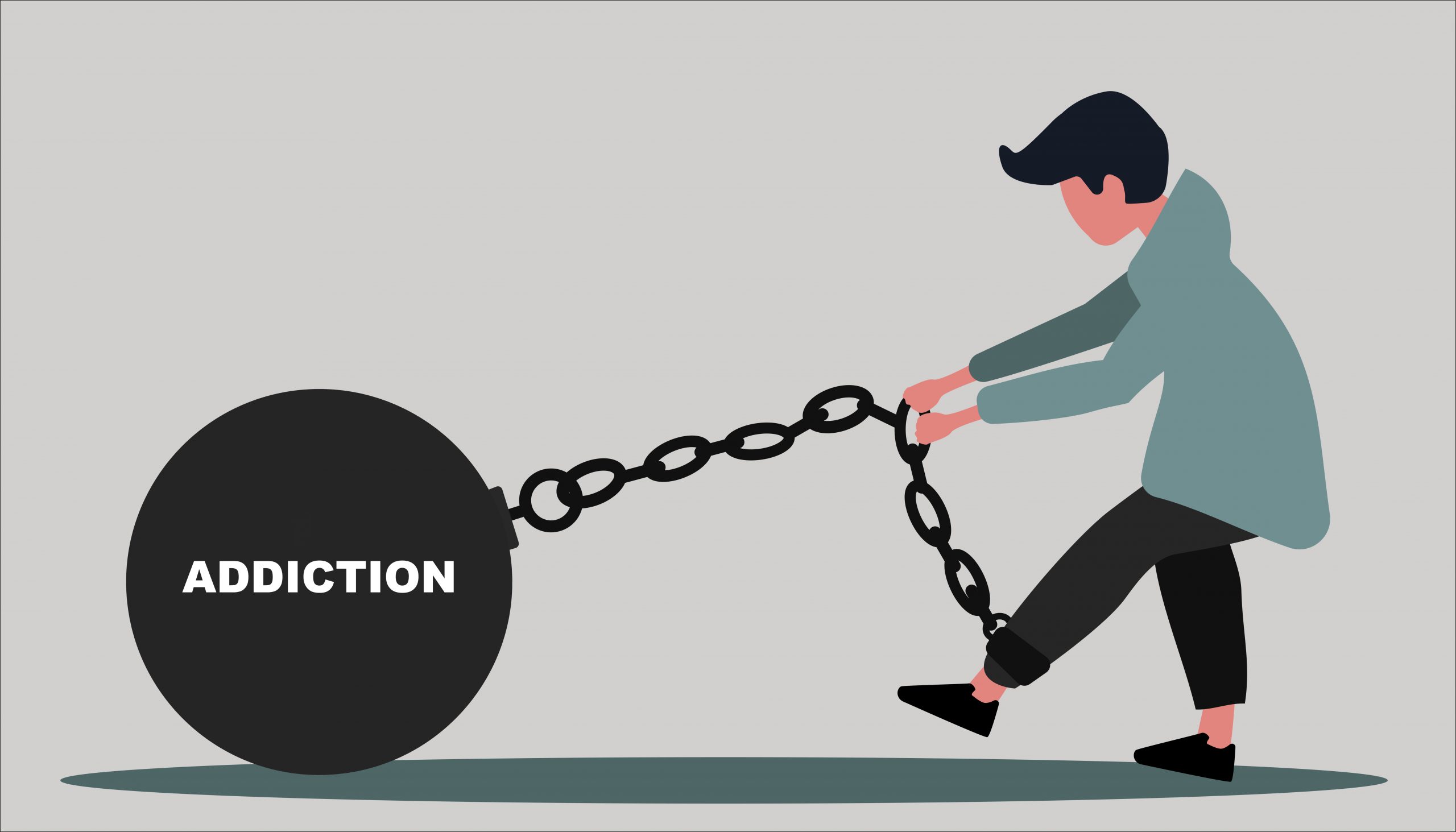
Addiction is not a sign of weakness, a character flaw, or a moral failure. It is a common condition that affects millions of people of all ages, backgrounds, and socioeconomic groups. And while there is no one cause of addiction, there is hope—it can be treated effectively.
Keep Reading To Learn
- The truth about drug and alcohol addiction
- How to recognize if you or a loved one may be struggling with addiction
- How to successfully treat and manage substance misuse
Yes, Addiction Is A Mental Illness
Addiction is a chronic disease that changes both brain structure and function, currently affecting the lives of nearly 10% of adults in the United States.
Addiction swaps the everyday desires of the brain with those of the drug you are addicted to. You no longer enjoy what other people do as the brain changes. The changes start with recognition of pleasure and end with a drive toward compulsive behavior to fulfill that desire. Sometimes, when you try quitting, the addiction weakens your ability to manage impulses.
Addiction exerts a long and powerful influence on the brain. This influence manifests in three ways:
- Craving for the object of addiction
- Loss of control over its use
- Continuing involvement with it despite problems it causes
With drug and alcohol addiction, substances hijack the brain’s reward system. This could lead to developing a physical dependence on substances.
Some people develop unpleasant and sometimes dangerous physical symptoms when they stop or decrease substance use. These changes result in a weakened ability to control impulses despite the negative consequences.
Substance misuse can lead to serious physical, emotional, and social problems. For example, continued use of drugs or alcohol can lead to job loss, broken relationships, and other failures. These problems often increase stress and anxiety.
Bipolar disorder
Anxiety
Depression
Eating disorders
Attention-deficit/hyperactivity disorder (ADHD)
Post-traumatic stress disorder (PTSD)
Obsessive compulsive disorder (OCD)
Personality disorders, like borderline personality disorder
Schizophrenia and other psychotic disorders
Who Can Develop an Addiction? Anyone
It is possible for people of all ages, backgrounds, and socioeconomic groups to develop addictions to alcohol or drugs. Although some groups are more vulnerable than others, there are several factors that contribute to the onset of addiction.
Genetics
Research suggests that genes contribute to the risk of developing both a substance use disorder and a mental illness. Environmental factors, such as stress or trauma, can cause genetic changes. We also know that some genes are passed down in families. These changes may contribute to the development of a substance use disorder or other mental illnesses.
Mental Illness
Research shows that some mental illnesses increase risk for addiction disorders.
For instance, someone struggling with mental illness may get into drugs in an attempt to feel better. Though it may seem to alleviate immediate pain, the use of drugs and alcohol often has devastating, long-term effects. Continued drug use causes the brain to increase the rewarding effects, sometimes resulting in the development of other addictions.
People who struggle with an anxiety or mood disorder, such as depression or bipolar disorder, are twice as likely to also use drugs or alcohol. Those with attention-deficit hyperactivity disorder (ADHD), antisocial personality disorder and conduct disorder, psychotic disorders—such as schizophrenia and schizoaffective disorder—or OCD are also more likely to misuse substances.
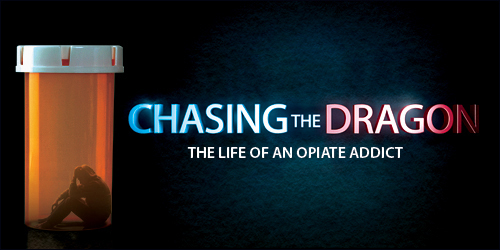
Addiction Awareness Task Force

What is drug addiction?

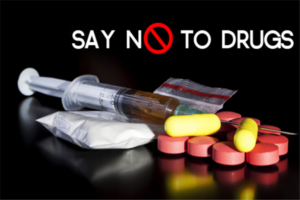 Addiction is defined as a chronic, relapsing disorder characterized by compulsive drug seeking and use despite adverse consequences.† It is considered a brain disorder, because it involves functional changes to brain circuits involved in reward, stress, and self-control. Those changes may last a long time after a person has stopped taking drugs.11
Addiction is defined as a chronic, relapsing disorder characterized by compulsive drug seeking and use despite adverse consequences.† It is considered a brain disorder, because it involves functional changes to brain circuits involved in reward, stress, and self-control. Those changes may last a long time after a person has stopped taking drugs.11
Addiction is a lot like other diseases, such as heart disease. Both disrupt the normal, healthy functioning of an organ in the body, both have serious harmful effects, and both are, in many cases, preventable and treatable. If left untreated, they can last a lifetime and may lead to death.
Why do people take drugs?
In general, people take drugs for a few reasons:
- To feel good. Drugs can produce intense feelings of pleasure. This initial euphoria is followed by other effects, which differ with the type of drug used. For example, with stimulants such as cocaine, the high is followed by feelings of power, self-confidence, and increased energy. In contrast, the euphoria caused by opioids such as heroin is followed by feelings of relaxation and satisfaction.
- To feel better. Some people who suffer from social anxiety, stress, and depression start using drugs to try to feel less anxious. Stress can play a major role in starting and continuing drug use as well as relapse (return to drug use) in patients recovering from addiction.
- To do better. Some people feel pressure to improve their focus in school or at work or their abilities in sports. This can play a role in trying or continuing to use drugs, such as prescription stimulants or cocaine.
- Curiosity and social pressure. In this respect, teens are particularly at risk because peer pressure can be very strong. Adolescence is a developmental period during which the presence of risk factors, such as peers who use drugs, may lead to substance use.

Biological factors that can affect a person’s risk of addiction include their genes, stage of development, and even gender or ethnicity. Scientists estimate that genes, including the effects environmental factors have on a person’s gene expression, called epigenetics, account for between 40 and 60 percent of a person’s risk of addiction. Also, teens and people with mental disorders are at greater risk of drug use and addiction than others.
Why do some people become addicted to drugs, while others do not?
As with other diseases and disorders, the likelihood of developing an addiction differs from person to person, and no single factor determines whether a person will become addicted to drugs. In general, the more risk factors a person has, the greater the chance that taking drugs will lead to drug use and addiction. Protective factors, on the other hand, reduce a person’s risk. Risk and protective factors may be either environmental or biological.
How is ADHD treated?

What is the Treatment for ADHD?
While there is no cure for ADHD, currently available treatments may reduce symptoms and improve functioning. Treatments include medication, psychotherapy, education or training, or a combination of treatments.
Medication
For many people, ADHD medications reduce hyperactivity and impulsivity and improve their ability to focus, work, and learn. Sometimes several different medications or dosages must be tried before finding the right one that works for a particular person. Anyone taking medications must be monitored closely by their prescribing doctor.
Stimulants. The most common type of medication used for treating ADHD is called a “stimulant.” Although it may seem unusual to treat ADHD with a medication that is considered a stimulant, it works by increasing the brain chemicals dopamine and norepinephrine, which play essential roles in thinking and attention.
Under medical supervision, stimulant medications are considered safe. However, like all medications, they can have side effects, especially when misused or taken in excess of the prescribed dose, and require an individual’s health care provider to monitor how they may be reacting to the medication.
Non-stimulants. A few other ADHD medications are non-stimulants. These medications take longer to start working than stimulants, but can also improve focus, attention, and impulsivity in a person with ADHD. Doctors may prescribe a non-stimulant: when a person has bothersome side effects from stimulants, when a stimulant was not effective, or in combination with a stimulant to increase effectiveness.
Although not approved by the U.S. Food and Drug Administration (FDA) specifically for the treatment of ADHD, some antidepressants are used alone or in combination with a stimulant to treat ADHD. Antidepressants may help all of the symptoms of ADHD and can be prescribed if a patient has bothersome side effects from stimulants. Antidepressants can be helpful in combination with stimulants if a patient also has another condition, such as an anxiety disorder, depression, or another mood disorder. Non-stimulant ADHD medications and antidepressants may also have side effects.
Doctors and patients can work together to find the best medication, dose, or medication combination. To find the latest information about medications, talk to a health care provider and visit the FDA website .
Psychotherapy and psychosocial interventions
Several specific psychosocial interventions have been shown to help individuals with ADHD and their families manage symptoms and improve everyday functioning.
For school-age children, frustration, blame, and anger may have built up within a family before a child is diagnosed. Parents and children may need specialized help to overcome negative feelings. Mental health professionals can educate parents about ADHD and how it affects a family. They also will help the child and his or her parents develop new skills, attitudes, and ways of relating to each other.
All types of therapy for children and teens with ADHD require parents to play an active role. Psychotherapy that includes only individual treatment sessions with the child (without parent involvement) is not effective for managing ADHD symptoms and behavior. This type of treatment is more likely to be effective for treating symptoms of anxiety or depression that may occur along with ADHD.
Behavioral therapy is a type of psychotherapy that aims to help a person change their behavior. It might involve practical assistance, such as help organizing tasks or completing schoolwork, or working through emotionally difficult events. Behavioral therapy also teaches a person how to:
- Monitor their own behavior
- Give oneself praise or rewards for acting in a desired way, such as controlling anger or thinking before acting
Parents, teachers, and family members also can give feedback on certain behaviors and help establish clear rules, chore lists, and structured routines to help a person control their behavior. Therapists may also teach children social skills, such as how to wait their turn, share toys, ask for help, or respond to teasing. Learning to read facial expressions and the tone of voice in others, and how to respond appropriately can also be part of social skills training.
Cognitive behavioral therapy helps a person learn how to be aware and accepting of one’s own thoughts and feelings to improve focus and concentration. The therapist also encourages the person with ADHD to adjust to the life changes that come with treatment, such as thinking before acting, or resisting the urge to take unnecessary risks.
Family and marital therapy can help family members and spouses find productive ways to handle disruptive behaviors, encourage behavior changes, and improve interactions with the person with ADHD.
Parenting skills training (behavioral parent management training) teaches parents skills for encouraging and rewarding positive behaviors in their children. Parents are taught to use a system of rewards and consequences to change a child’s behavior, to give immediate and positive feedback for behaviors they want to encourage, and to ignore or redirect behaviors they want to discourage.
Specific behavioral classroom management interventions and/or academic accommodations for children and teens have been shown to be effective for managing symptoms and improving functioning at school and with peers. Interventions may include behavior management plans or teaching organizational or study skills. Accommodations may include preferential seating in the classroom, reduced classwork load, or extended time on tests and exams. The school may provide accommodations through what is called a 504 Plan or, for children who qualify for special education services, an Individualized Education Plan (IEP).
Stress management techniques can benefit parents of children with ADHD by increasing their ability to deal with frustration so that they can respond calmly to their child’s behavior.
Support groups can help parents and families connect with others who have similar problems and concerns. Groups often meet regularly to share frustrations and successes, to exchange information about recommended specialists and strategies, and to talk with experts.
Learn more about psychotherapy.
Tips to help kids and adults with ADHD stay organized
For kids:
Parents and teachers can help kids with ADHD stay organized and follow directions with tools such as:
- Keeping a routine and a schedule. Keep the same routine every day, from wake-up time to bedtime. Include times for homework, outdoor play, and indoor activities. Keep the schedule on the refrigerator or a bulletin board. Write changes on the schedule as far in advance as possible.
- Organizing everyday items. Have a place for everything, (such as clothing, backpacks, and toys), and keep everything in its place.
- Using homework and notebook organizers. Use organizers for school material and supplies. Stress to your child the importance of writing down assignments and bringing home necessary books.
- Being clear and consistent. Children with ADHD need consistent rules they can understand and follow.
- Giving praise or rewards when rules are followed. Children with ADHD often receive and expect criticism. Look for good behavior and praise it.
For adults:
A professional counselor or therapist can help an adult with ADHD learn how to organize their life with tools such as:
- Keeping routines.
- Making lists for different tasks and activities.
- Using a calendar for scheduling events.
- Using reminder notes.
- Assigning a special place for keys, bills, and paperwork.
- Breaking down large tasks into more manageable, smaller steps so that completing each part of the task provides a sense of accomplishment.